at operating temperature TJ = 25°C, VIN = VOUT(NOM) + 0.5 V, VBIAS = VOUT(NOM) + 1.4 V, IOUT = 1 mA, VEN = VIN, CIN = COUT = 2.2 µF, and CBIAS = 0.1 µF (unless otherwise noted)
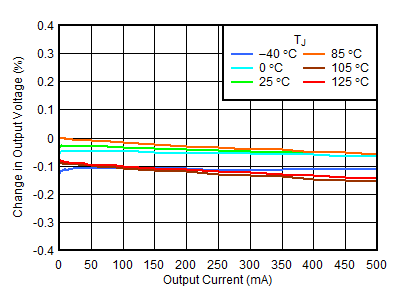 Figure 6-1 Output Accuracy vs IOUT and Temperature
Figure 6-1 Output Accuracy vs IOUT and Temperature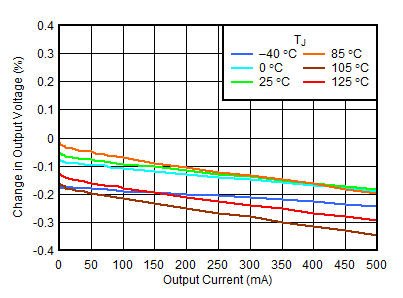 Figure 6-3 Output Accuracy vs IOUT and Temperature
Figure 6-3 Output Accuracy vs IOUT and Temperature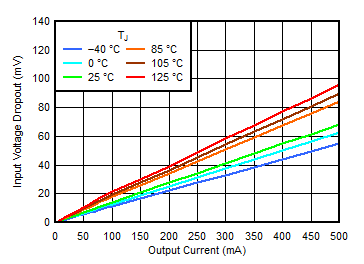 Figure 6-5 VIN Dropout vs IOUT and Temperature
Figure 6-5 VIN Dropout vs IOUT and Temperature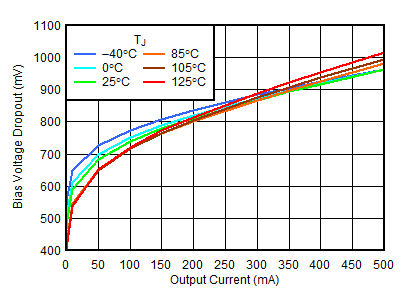 Figure 6-7 VBIAS Dropout vs IOUT and Temperature
Figure 6-7 VBIAS Dropout vs IOUT and Temperature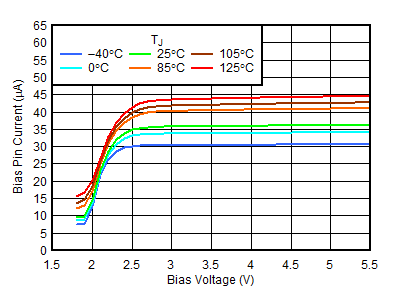 Figure 6-9 IQ(BIAS) vs VBIAS and Temperature
Figure 6-9 IQ(BIAS) vs VBIAS and Temperature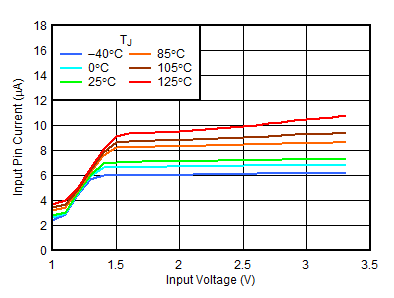 Figure 6-11 IQ(IN) vs VIN and Temperature
Figure 6-11 IQ(IN) vs VIN and Temperature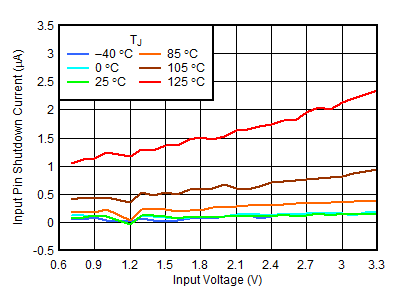
| VOUT = 1.0 V, VEN < 0.4
V |
Figure 6-13 ISHDN vs VIN and Temperature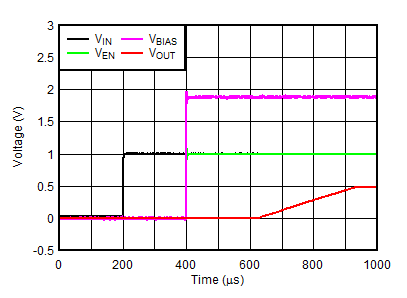 Figure 6-15 Startup With VEN and VBIAS Powering Up
Simultaneously
Figure 6-15 Startup With VEN and VBIAS Powering Up
Simultaneously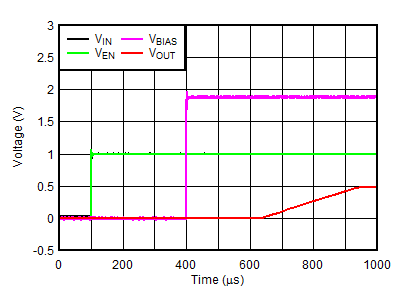 Figure 6-17 Startup With VBIAS Powering Up After VIN and
VEN
Figure 6-17 Startup With VBIAS Powering Up After VIN and
VEN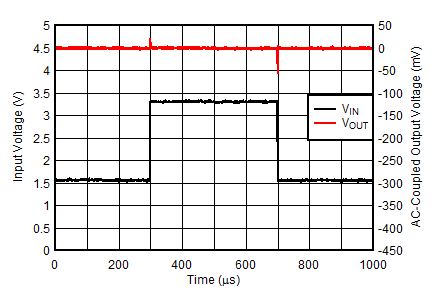
| VOUT = 1.0 V, IOUT = 500 mA |
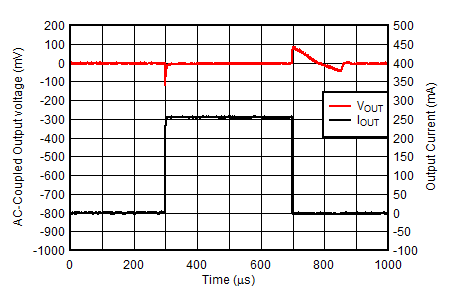
| VOUT = 1.0 V, IOUT = 1 mA to 250 mA |
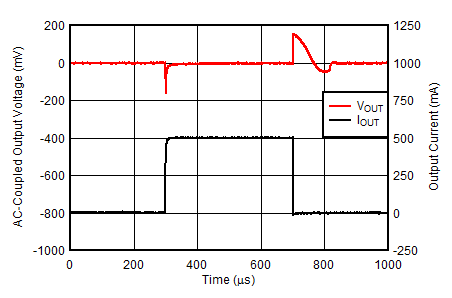
| VOUT = 1.0 V, IOUT = 1 mA to
500 mA |
Figure 6-23 IOUT Transient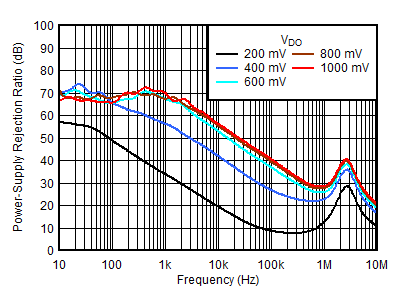
| CIN = 0 μF, VOUT = 1.0 V, IOUT = 500 mA, VDO = VIN – VOUT |
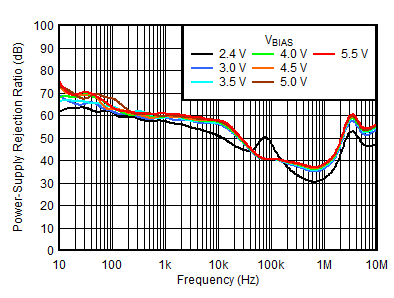
| CIN = 2.2 μF, VOUT = 1.0 V, IOUT = 500 mA, CBIAS = 0 μF |
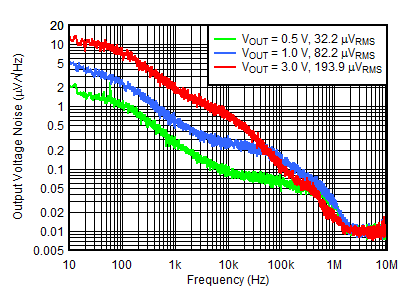 Figure 6-29 Output Noise vs Frequency and VOUT
Figure 6-29 Output Noise vs Frequency and VOUT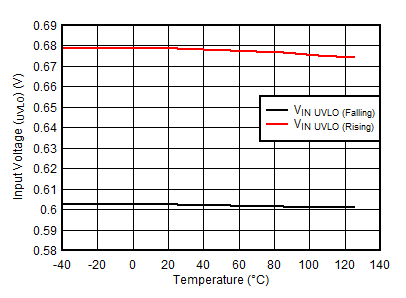 Figure 6-31 VUVLO(IN) Rising and Falling Threshold vs Temperature
Figure 6-31 VUVLO(IN) Rising and Falling Threshold vs Temperature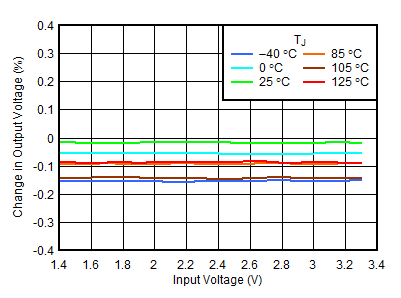 Figure 6-2 Output Accuracy vs VIN and Temperature
Figure 6-2 Output Accuracy vs VIN and Temperature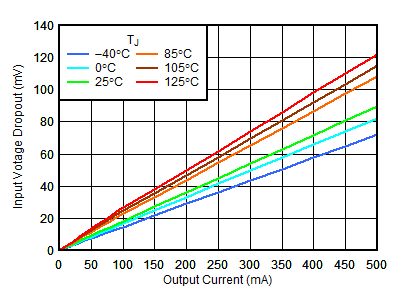 Figure 6-4 VIN Dropout vs IOUT and Temperature
Figure 6-4 VIN Dropout vs IOUT and Temperature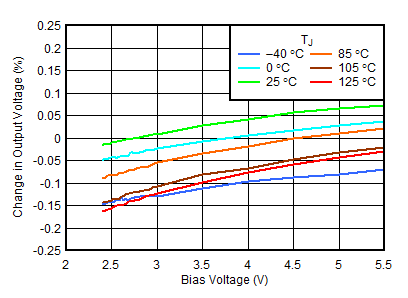 Figure 6-6 Output Accuracy vs VBIAS and Temperature
Figure 6-6 Output Accuracy vs VBIAS and Temperature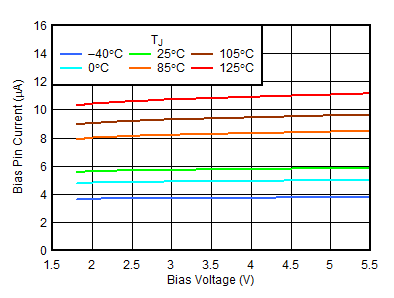 Figure 6-8 IQ(BIAS) vs VBIAS and Temperature
Figure 6-8 IQ(BIAS) vs VBIAS and Temperature Figure 6-10 IQ(IN) vs VIN and Temperature
Figure 6-10 IQ(IN) vs VIN and Temperature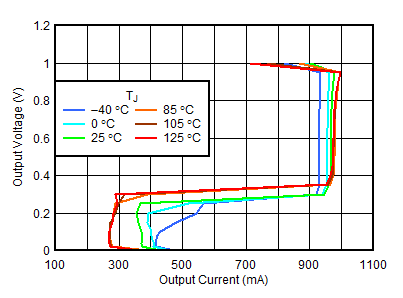 Figure 6-12 Foldback Output Current Limit vs IOUT and Temperature
Figure 6-12 Foldback Output Current Limit vs IOUT and Temperature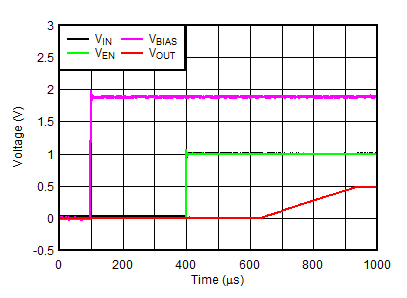 Figure 6-14 Startup With VEN = VIN
Figure 6-14 Startup With VEN = VIN Figure 6-16 Startup With Separated VEN
Figure 6-16 Startup With Separated VEN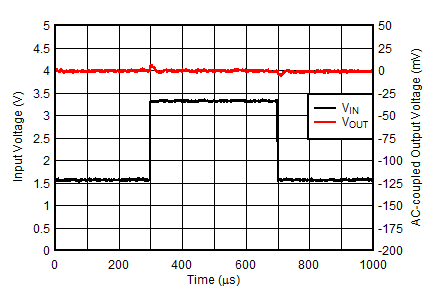
| VOUT = 1.0 V, IOUT = 1
mA |
Figure 6-18 VIN Transient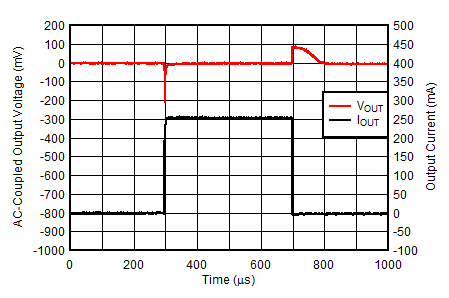
| VOUT = 1.0 V, IOUT = 0 mA to
250 mA |
Figure 6-20 IOUT Transient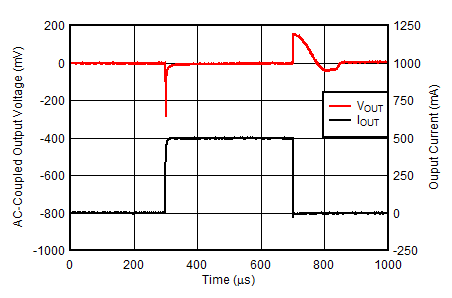
| VOUT = 1.0 V, IOUT = 0 mA to
500 mA |
Figure 6-22 IOUT Transient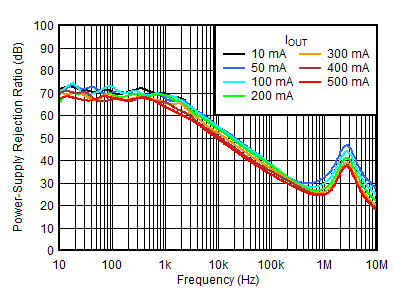 Figure 6-24 VIN PSRR vs Frequency and IOUT
Figure 6-24 VIN PSRR vs Frequency and IOUT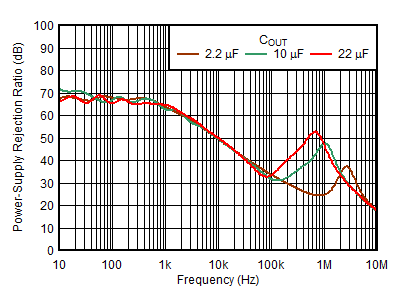
| CIN = 0 μF, VOUT = 1.0 V, IOUT = 500 mA |
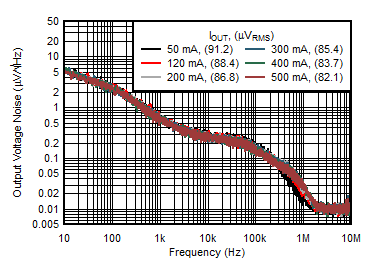 Figure 6-28 Output Noise vs Frequency and IOUT
Figure 6-28 Output Noise vs Frequency and IOUT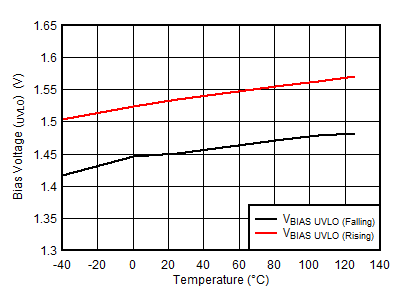 Figure 6-30 VUVLO(BIAS) Rising and Falling Threshold vs Temperature
Figure 6-30 VUVLO(BIAS) Rising and Falling Threshold vs Temperature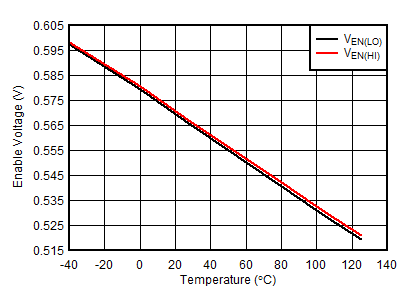 Figure 6-32 Enable High and Low Threshold vs Temperature
Figure 6-32 Enable High and Low Threshold vs Temperature






























